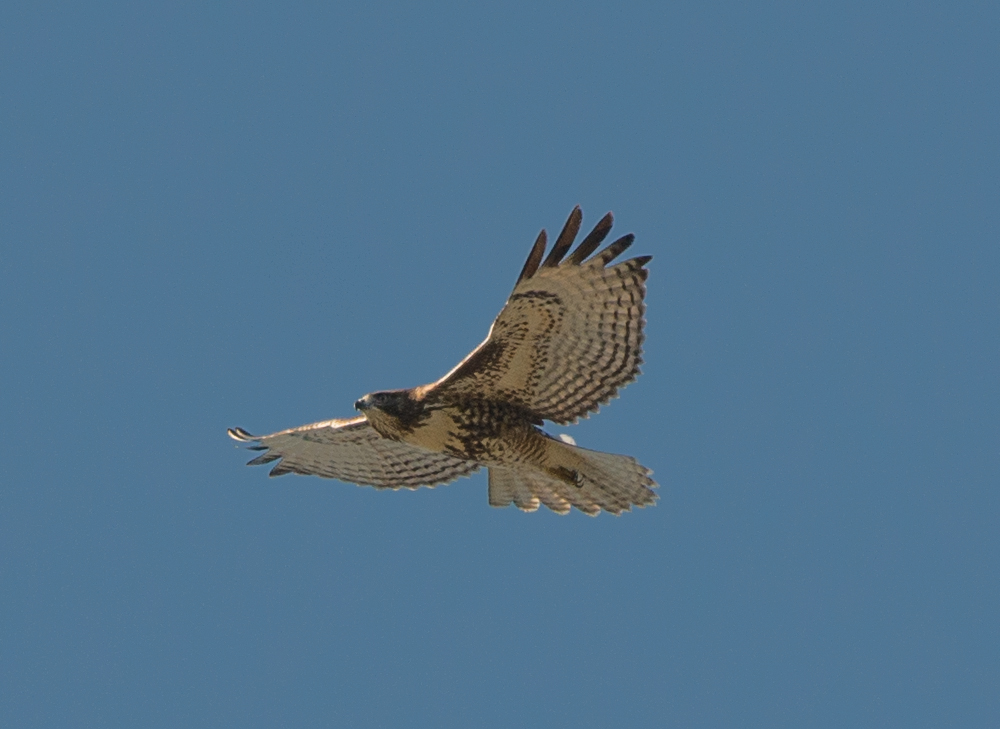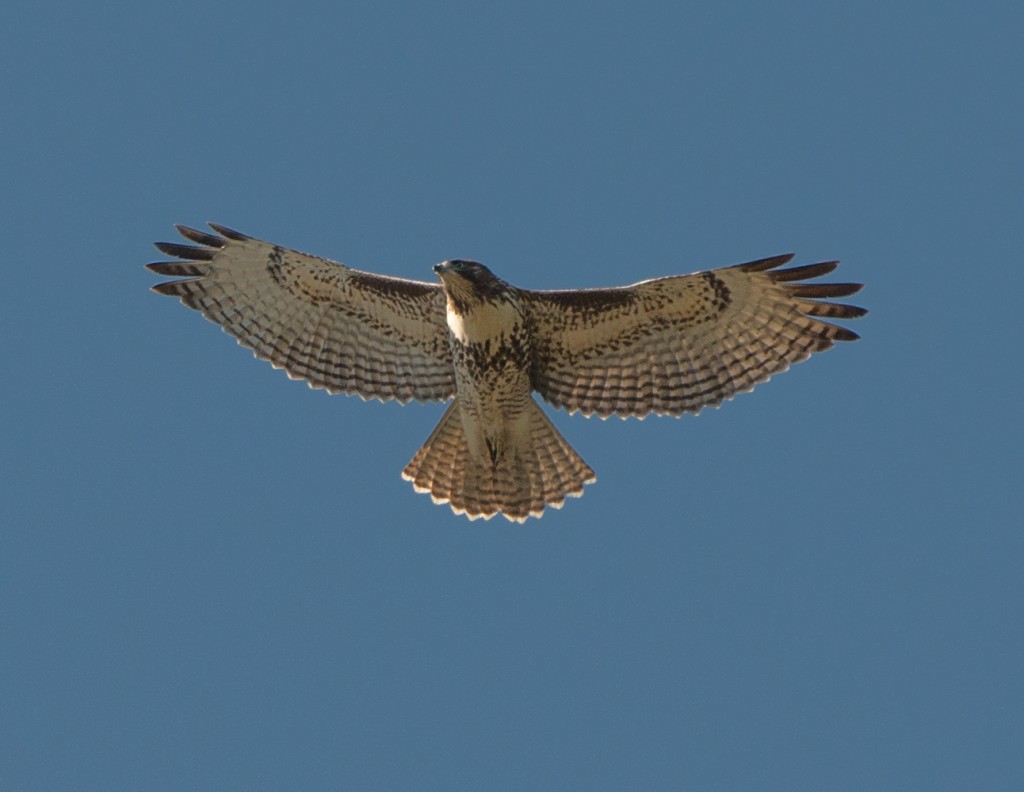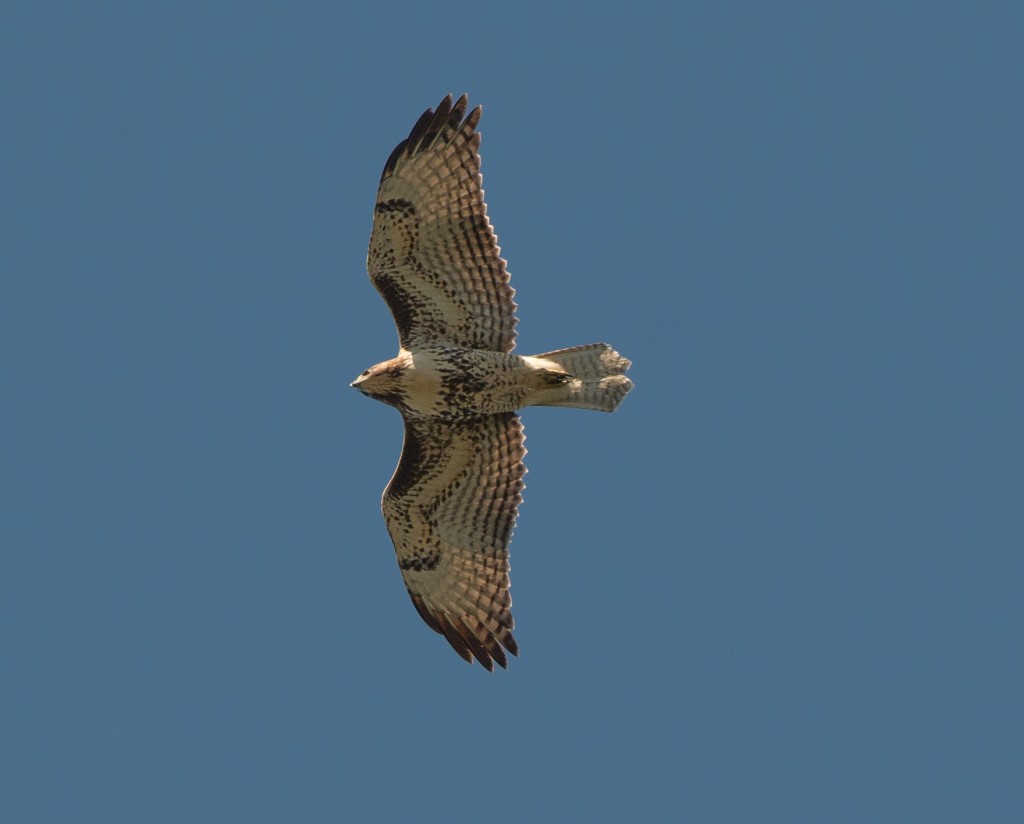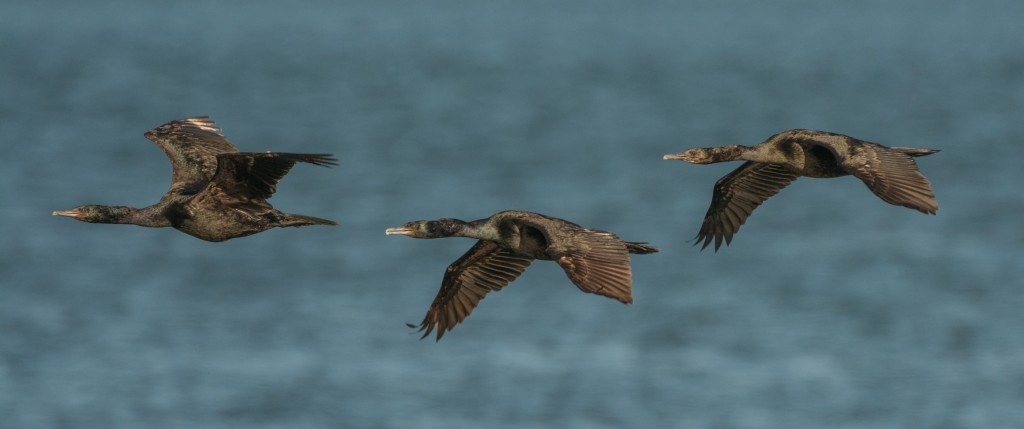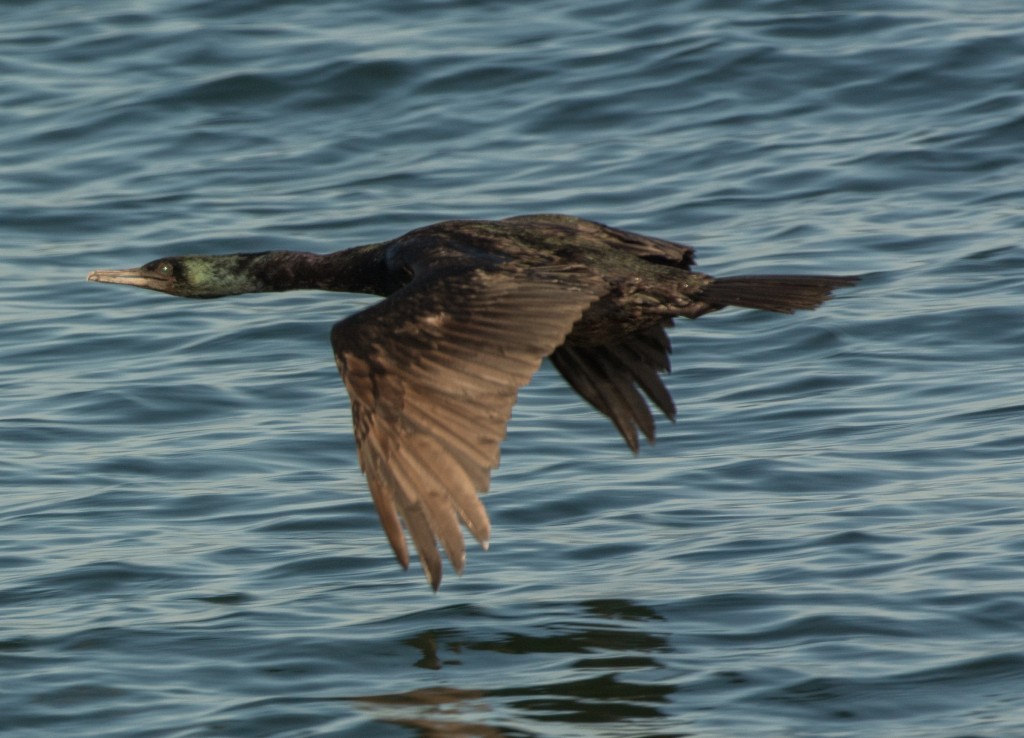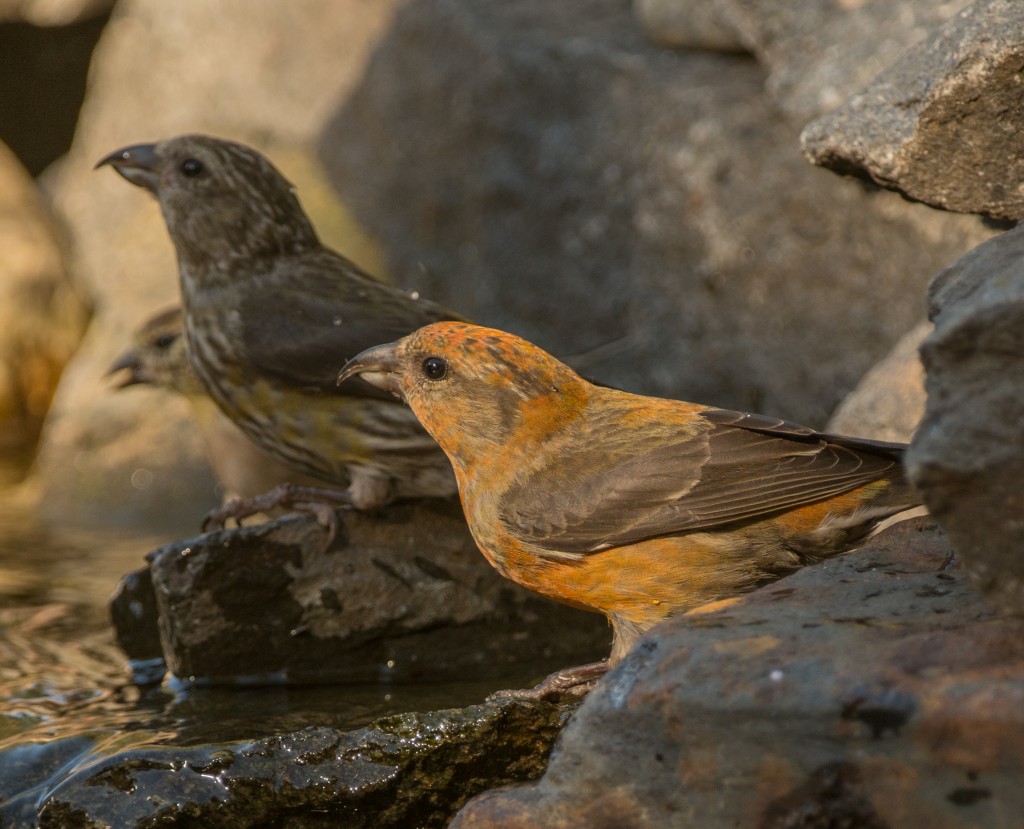If you didn’t see my last blog post regarding four different species of warblers in the yard in the same day, be sure and page back to see the commentary and photos.
Our weather has been spectacular for the last couple of days and I’ve spent considerable time in the yard hoping for more warblers or other fall visitors, although I can be honest with you and tell you that I have no hopes of having another four-species warbler day. Things are rapidly changing here in the yard and I’m quickly losing light on my watercourse during significant periods of the day. The sun is dipping lower on the horizon and tall fir trees in the City parkland to the south are casting significant shadows over the entire yard, including my two primary staging trees. Added to the problem is the bright sun itself, because often the areas behind my prime birding areas are brightly lit and the birding areas are in shadows which results in backlit subjects.
On Friday afternoon I was sitting under a perfectly clear sky, trying to photograph a juvenile American robin that was attempting to sneak into the watercourse on the ground from the back side. As I concentrated on seeing if the bird would enter a small area of sunlight I was surprised by a shadow passing over the yard. I quickly looked up and saw a Red-tailed hawk, probably the one I had misidentified about a month ago, circling in the sky overhead at just about the optimal distance for some good photos. (I know… where is its red tail? That’s part of the reason I originally misidentified it!) Unfortunately, by the time I could bring my camera to bear the hawk had soared away. But I quickly made adjustments to my camera and lens for aerial photography. (This involves restricting the auto-focus lens distance to greater than about 20′ for faster acquisition and focusing, changing my shutter speed to about 1/1000 of a second and changing the camera’s focus to continuous mode for purposes of tracking a moving target.)
So now I was ready but there was no hawk! I waited four or five minutes and then saw the hawk overhead, BUT it was now at least twice the height it had been when I originally saw it. Bummer! But this didn’t stop me from taking about 50 photos as it soared overhead. So here are a few of the photos… but first, another technical explanation of the photography involved.
All of the photos of the hawk you see below have been drastically enlarged. I had hoped to show you an original photo that had not been enlarged, but read onl Using my Adobe Lightroom software I cropped the original photo which has the effect of enlarging it. But when I do that I’m throwing away maybe 90% or more of the 24mp I have available, so I lose detail in the portion of the image I retain. So while I think these photos are interesting, they can’t be enlarged like many of the photos I take. And that, friends, is the advantage to birding photography (where the subject matter generally only occupies a relatively small percentage of the photograph) of having a camera sensor with a large number of pixels. (I had one or two English teachers who probably would have flunked me over that last sentence, but I found it reads better with parentheses than with commas!)
So with all that technical explanation behind us, here is the unenlarged photo… Whoops… after all that explanation I just discovered that the original photo exceeds my blog site’s size regulations, so I can’t show you the amazing enlargement of which today’s technology is capable. If you wish you can email me and I’ll send you both photos as an enclosure in the email. Sorry…!
So with my presumed success photographing the Red-tailed hawk and with activity in the yard dreadfully slow, I decided to hone my skeet prowess even further by traveling a couple of blocks to the edge of the island and shooting cormorants returning to their roosts after their day spent fishing in Fidalgo Bay. Here are a couple of results…
But I don’t want to slight the pair of Red crossbills that did make the effort to effect an appearance in the yard. It was under less than perfect lighting conditions but that wasn’t their fault! In this photo we have a male in the foreground and a juvenile in the shadow. (Pay no attention to the man behind the curtain that House finch lurking in the background!)

